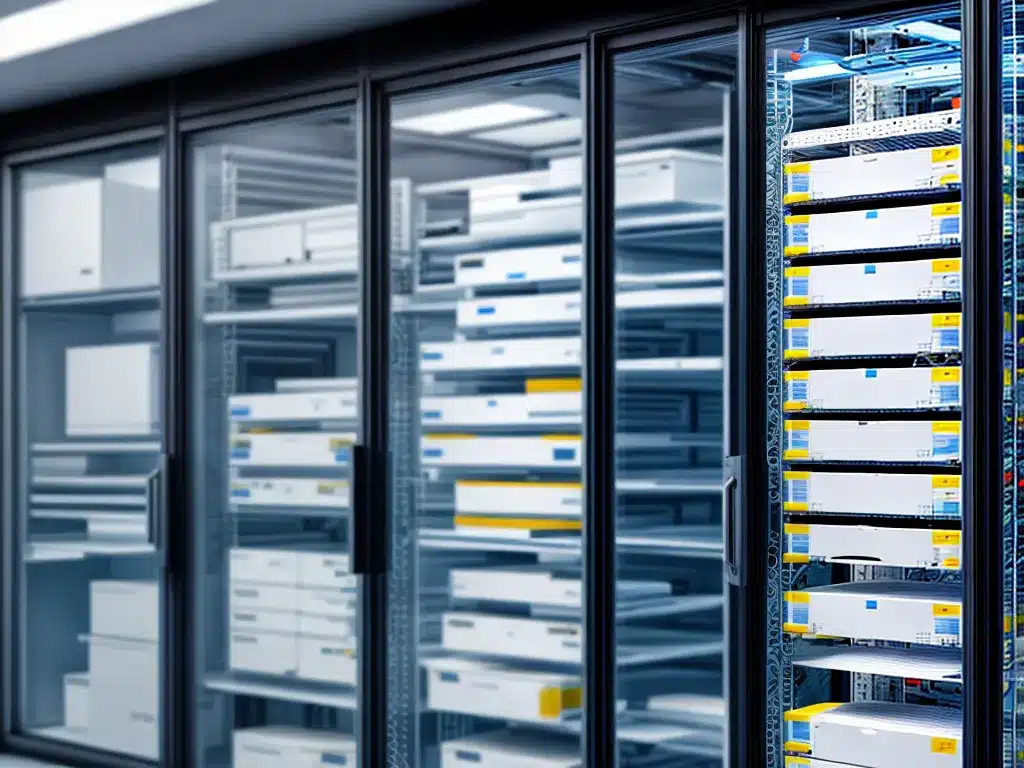
Introduction
Backing up data is critical for protecting against data loss, whether from hardware failure, accidental deletion, malware, or other threats. RAID (Redundant Array of Independent Disks) is a common method of providing redundancy for storage, but it is not a backup solution. While RAID protects against disk failures, it does not protect against other types of data loss. A proper backup strategy requires separate backup stores to provide an additional layer of protection.
What is RAID?
RAID refers to a set of technologies for arranging multiple hard disks into a logical unit. The key goals of RAID are to provide redundancy and improve performance. There are several levels of RAID that offer different combinations of features:
-
RAID 0 – Disk striping without redundancy. Provides improved performance but no fault tolerance.
-
RAID 1 – Disk mirroring. Provides redundancy by duplicating all data on a secondary disk.
-
RAID 5 – Disk striping with distributed parity. Provides fault tolerance through parity information spread across disks.
-
RAID 6 – Disk striping with double distributed parity. Provides two parity disks that can handle up to two disk failures.
While RAID provides varying levels of redundancy, it is still tightly coupled to the storage system. If there is a failure or corruption at the system level, such as a controller failure, software bug, or malware infection, the redundancy of RAID does not help.
Why RAID is Not Backup
There are several key reasons why RAID should not be considered a backup solution:
No Protection Against Accidental Deletion or Corruption
If a file is accidentally deleted or corrupted at the software level, the deletion or corruption is instantly replicated to the redundant RAID disks. RAID provides no version history to recover from such instances. A backup system that periodically captures point-in-time snapshots can recover from software-level mistakes.
Vulnerable to Malware and Software Bugs
Malware or software faults can infect the primary RAID system and instantly spread to the redundant disks. A backup system with an air gap or immutable backups is more resilient to such threats.
Hardware Failures Can Cause Massive Outages
If the RAID controller or other hardware components fail, the entire RAID system can be taken offline. A separate backup system with independent hardware is not subject to single points of failure.
No Protection Against Site Loss
If there is a fire, natural disaster, or any event that damages the physical site, complete redundancy is lost. Geographic separation of backup stores provides protection against site loss.
Limited Version History
RAID has minimal version history, only recovering from the latest disk failure. A backup system can provide snapshots from multiple points in time to recover from events further in the past.
Best Practices for Backups
To fully protect business critical data, a comprehensive backup strategy should be implemented separate from primary storage. Here are some backup best practices:
-
Use disk-based backups – For fastest recovery, disk-based backups are preferable to tape. The backup store should consist of separate infrastructure from primary storage.
-
Follow the 3-2-1 rule – Maintain 3 copies of data, on 2 different media types, with 1 copy offsite for protection against site loss.
-
Perform incremental backups – Only backup changed data to minimize storage requirements and speed up backups.
-
Test restores regularly – If you don’t test restores, you don’t have a backup. Regularly verify backups by performing test restores.
-
Use immutable backups – Make backup stores immutable or use an air-gapped system to guard against malware or human errors.
-
Encrypt backups – Encryption protects backups against unauthorized access if media is lost or stolen.
-
Document backup processes – Documentation is crucial for consistent backups and successful recovery when needed.
The Bottom Line
While RAID provides important redundancy for hardware fault tolerance, it does not protect against other common causes of data loss like software errors, malware, and accidental deletion. To fully protect business data, layered defenses are essential. RAID should be combined with regular backups to separate stores, following the 3-2-1 rule and other backup best practices. RAID is not a backup. Failing to implement robust backups leaves data vulnerable, even on redundant RAID-based storage.












